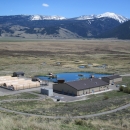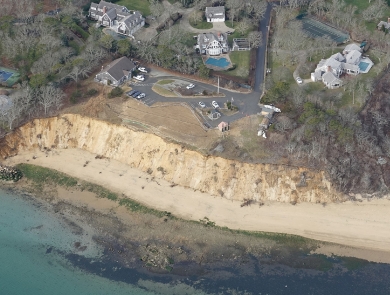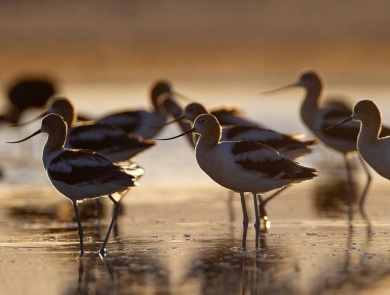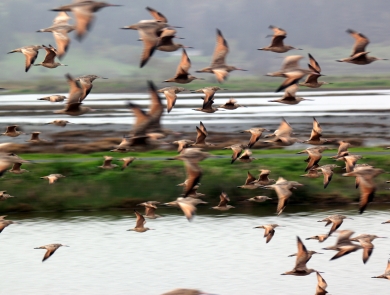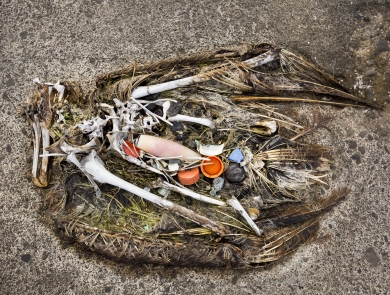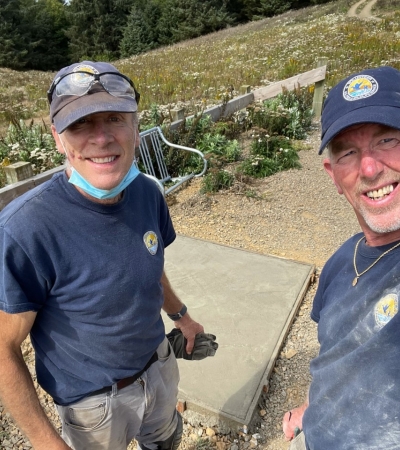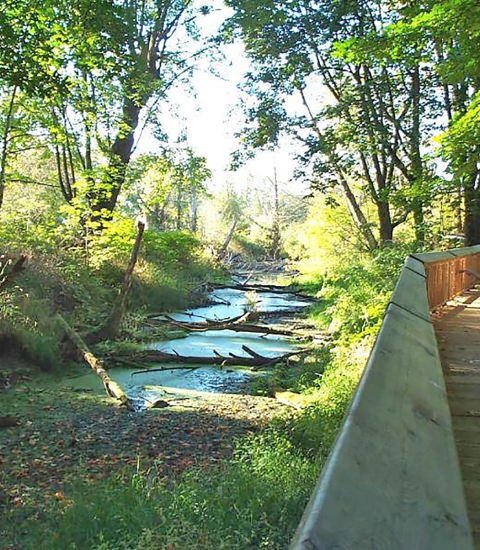Facility
Location
Jackson, WY 83001
United States
Volunteer Position Overview
About This Position
Help with hatching and caring for native Snake River Fine Spotted Cutthroat Trout in recreation destination Jackson Hole, WY. Located less then a mile from the south entrance to Teton National Park and 3 miles from Jackson, Wyoming on the 24,000 acre National Elk Refuge, Bears, wolves, elk, moose and myriad other wildlife live in the area. Rafting, bicycling, hiking, wildlife viewing, flyfishing, photography, and rock climbing are a few of the outdoor activities available here. Help hatchery build a 2.5 mile trail system along Flat Creek. RV sites/ housing available in exchange for 28 hrs/ week work. Volunteer duties include fish culture, maintenance, and visitor services.
Duties/Activities
Stories About Volunteering
Other Ways to Work with Us
Are you looking for something different than a volunteer opportunity? The Fish and Wildlife Service employs around 9,000 people nationwide and offers great internship opportunities every year.
